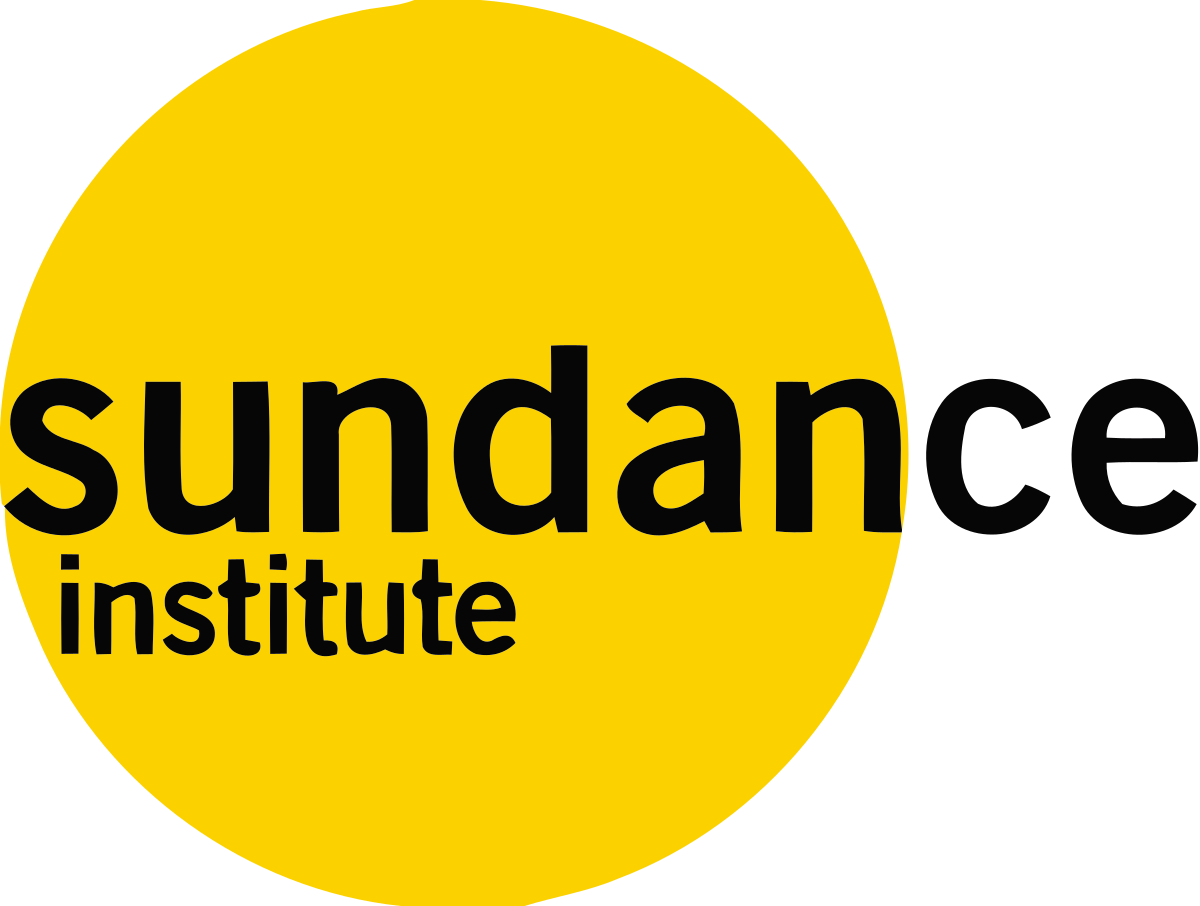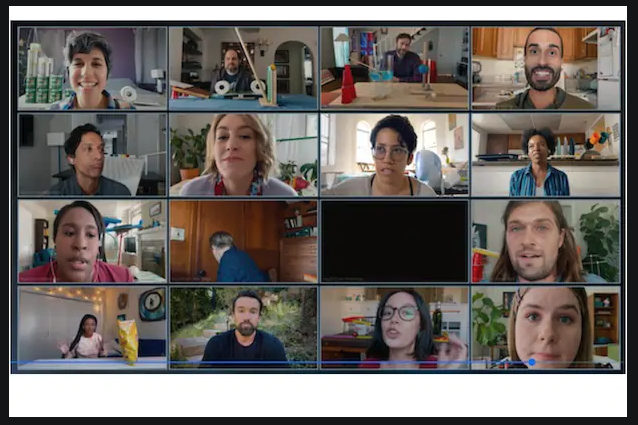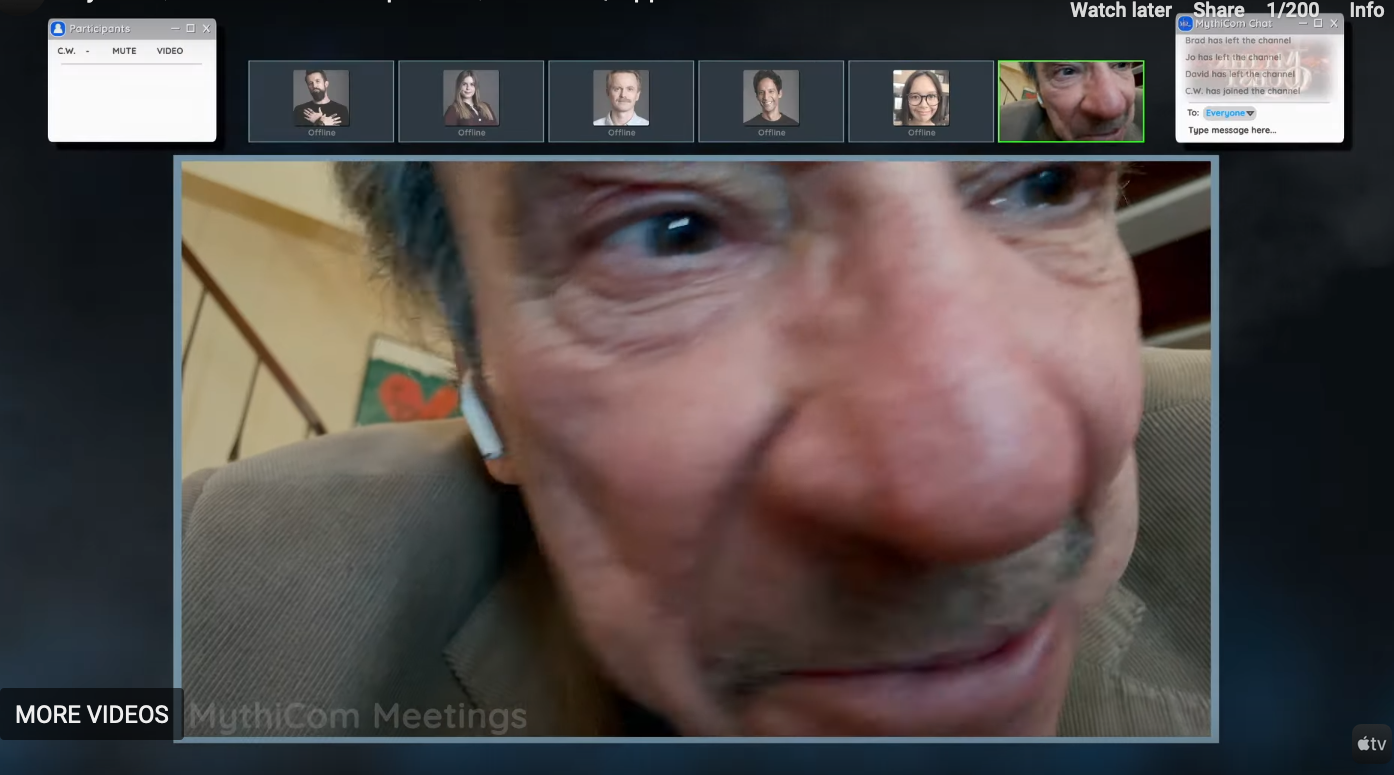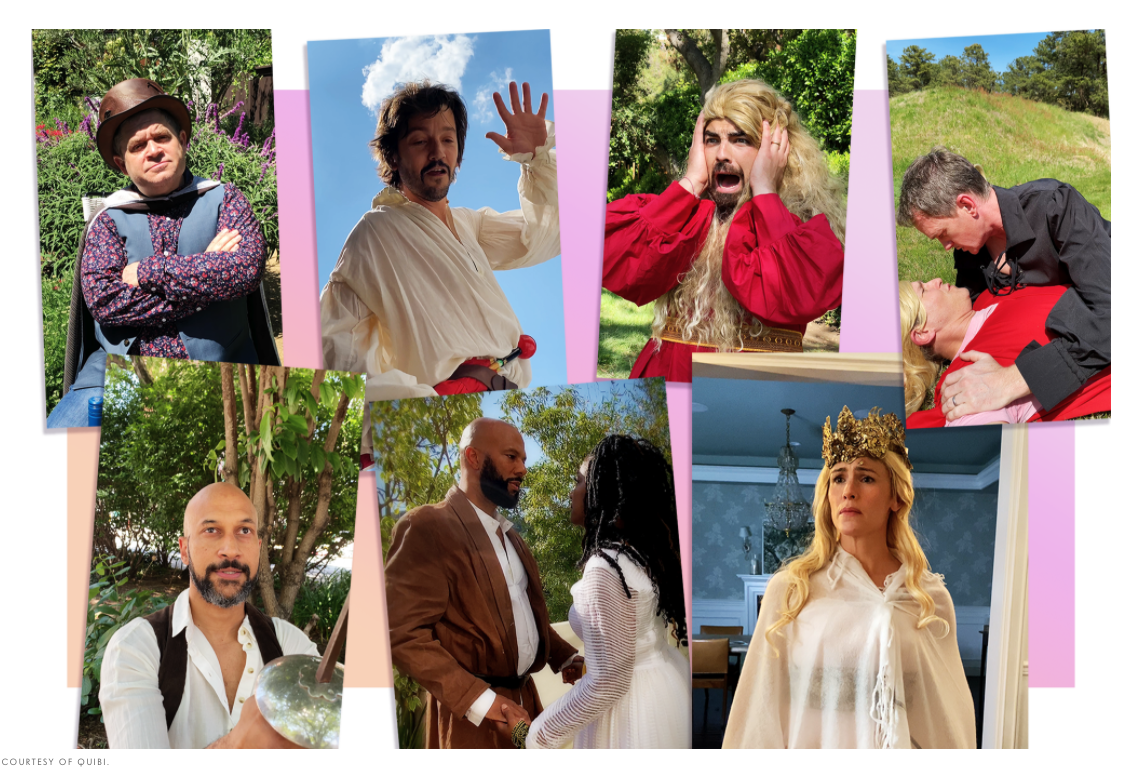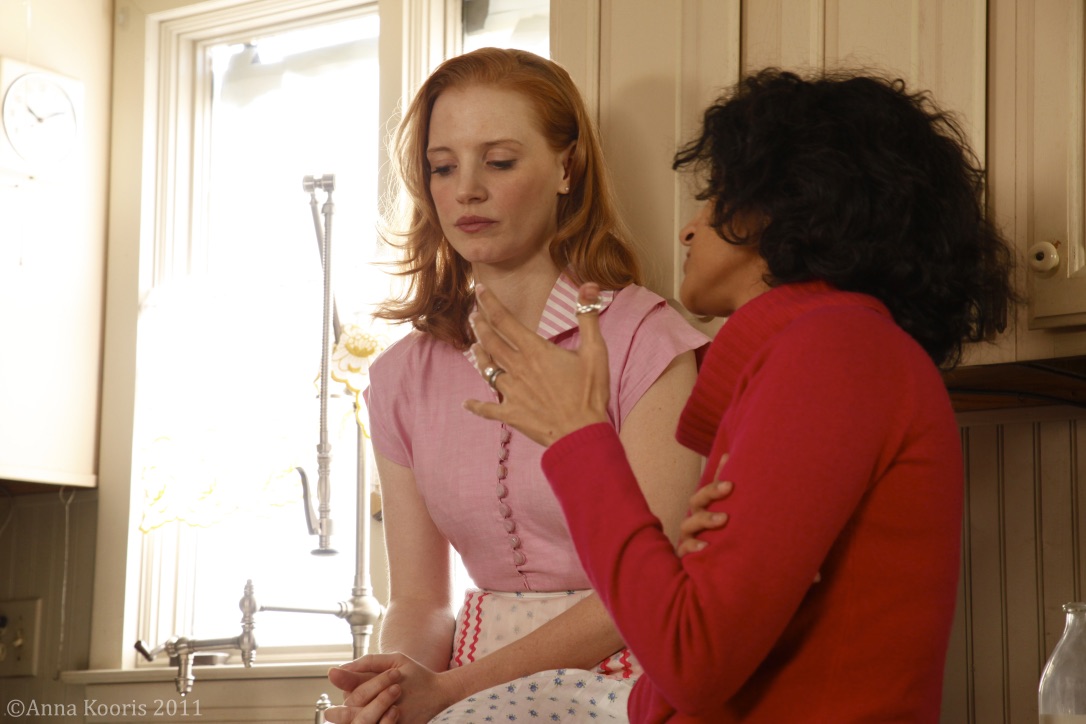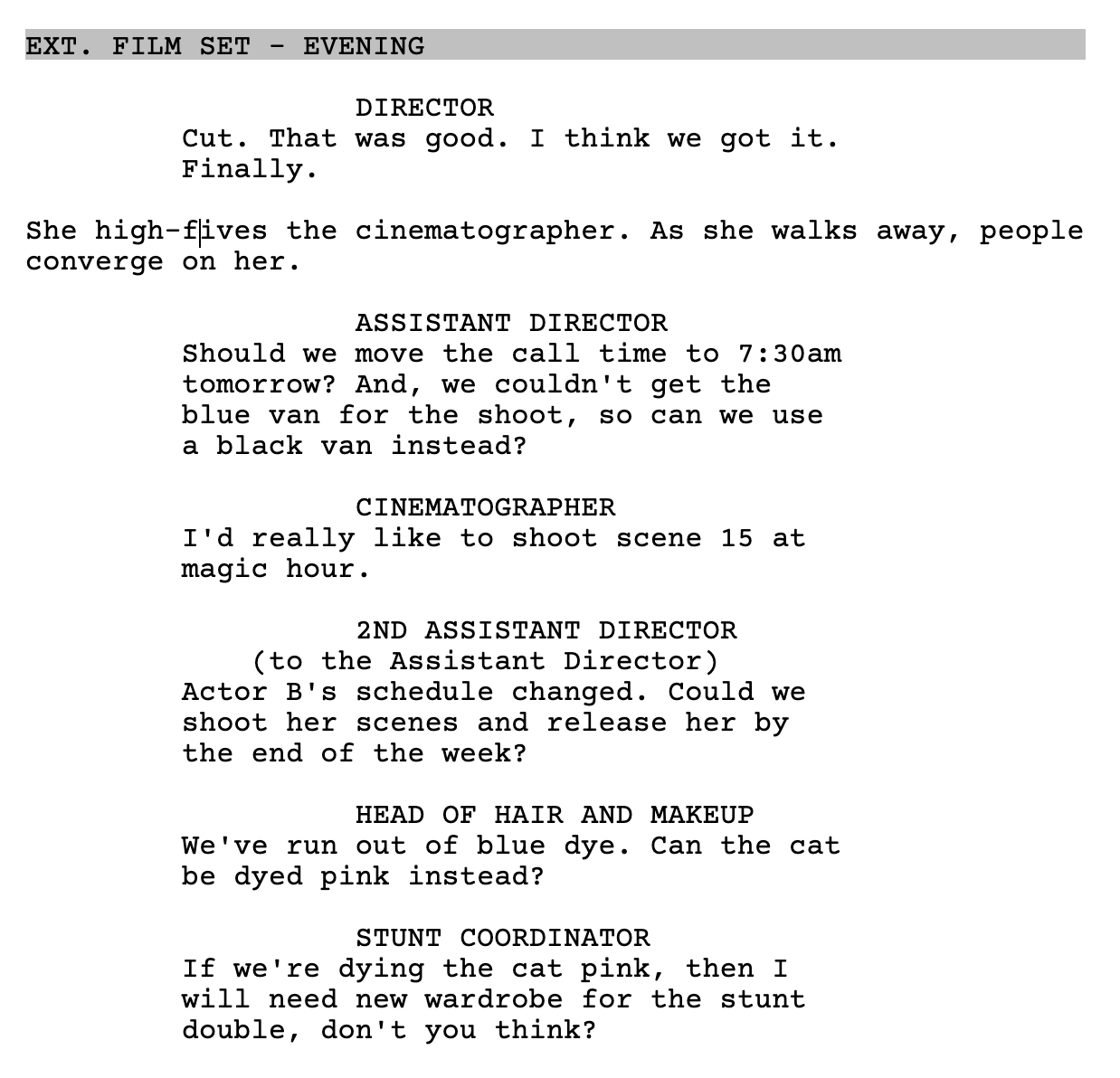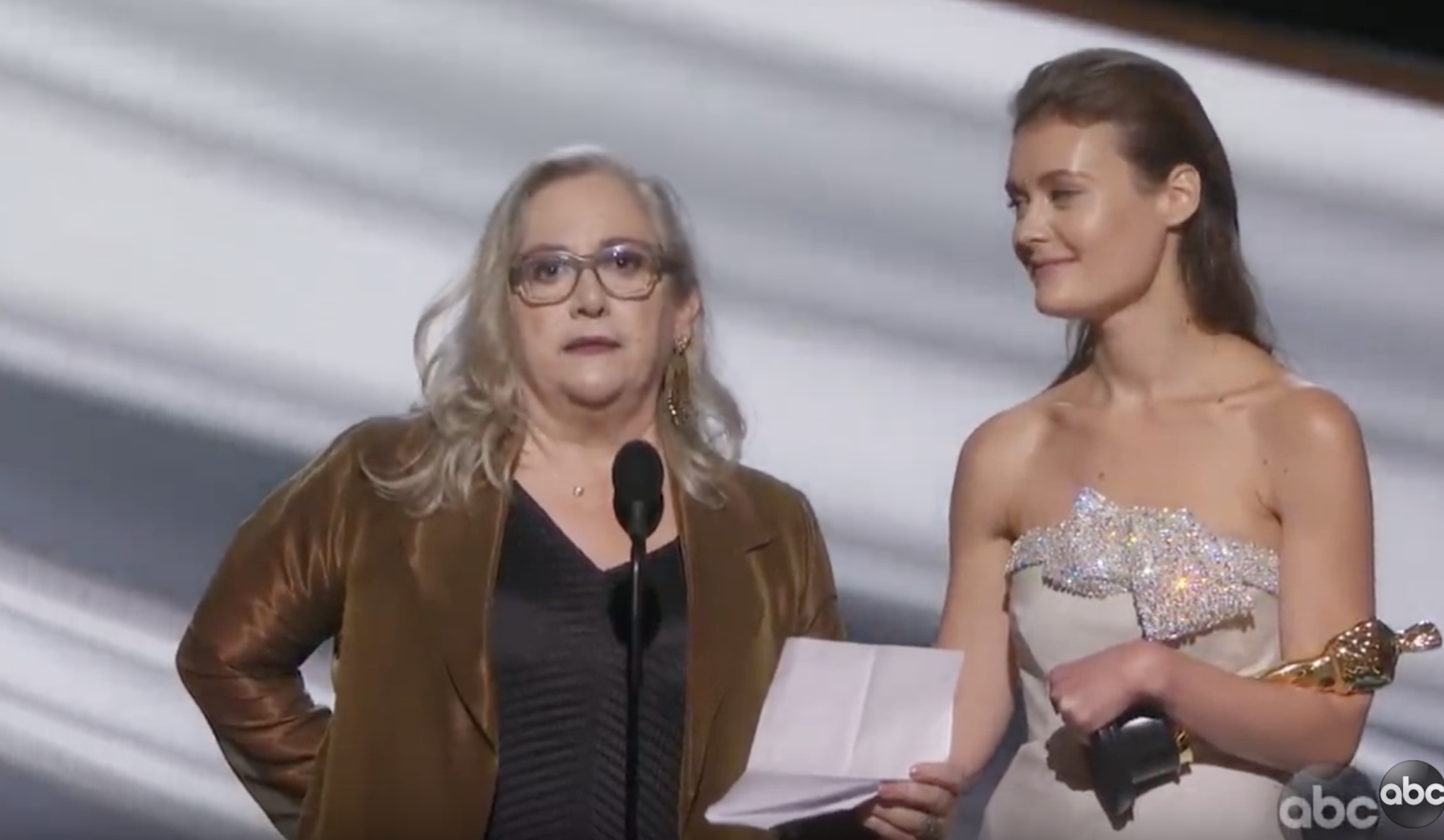
There’s a lot they don’t tell you when you start film school.
They don’t tell you the percentage of film school students who end up directing their own feature (it’s <1%).
They don’t tell you how much directors make (usually <$80,000). Most directors, even cult idols like Todd Solondz, have to teach or work in another area to pay their bills.
They don’t tell you that the industry is teeming with gatekeepers, and there’s red tape everywhere.
They don’t tell you how much money you’ll need to make a real film, or that you need to be a very persuasive salesperson to raise that money—not to mention all the other skills you’ve got to have, including technical skills, teamwork, leadership, public speaking, and the ability to express a vision for something that doesn’t exist yet.
In the process, there will be times when your bank balance is in the single digits, you’re doing gig jobs to pay rent, you’re getting rejected every week and dealing with your hopes getting crushed, but having to persevere, perhaps getting sued over who owns an idea, and all manner of other setbacks. You want to share your stories, but you don’t want to be considered a whiner. You can’t complain to the rare friend who is doing well, and you can’t really talk to anyone not in the industry because they don’t get how hard it is. Your relationships can sometimes help you, but they’re likely to suffer while you (and maybe your partner) go through the rollercoaster. You’ll have to balance the projects you’re passionate about with the ones that will pay the bills. Most directors face countless obstacles and bumps during their careers that can easily topple a person.
Going in, everyone thinks: “I am the exception; I am the one.”
And here’s the contradiction — you have to think that. Beneath all the doubt and the bruises of survival, you have to truly believe that. And you have to hold on to that (at times) delusional self-belief if you’re going to have any chance at all of making it.
Same goes for startups. No one tells you:
- They don’t tell you the percentage of startups that actually succeed: <10%.
- Most entrepreneurs have to shut down their companies, lay off founding team members, shift their vision radically, or merge with a bigger company down the road.
- You’ll have to balance the mission you’re passionate about with the business model that pays the bills.
- The startup world, too, is full of gatekeepers and red tape.
- To build a real company, you need to be a persuasive salesperson, along with all the other skills you need to have, including technical skills, teamwork, leadership, public speaking, and the ability to express a vision for something that doesn’t exist yet.
- In the process, you’ll risk all manner of other setbacks, and on top of it all, most founders face countless obstacles and bumps during their careers that can easily take you down mentally.
But going in, everyone thinks they’ll be the one—and they should.
That’s the only way to stand a chance of succeeding. You have to believe you can navigate through the challenges, and at every turn, you have to make the right decision for the long term. And it is a long road, so you need your belief in your mission, combined with the ability to execute. You need the ability to survive a global pandemic and a complete turnaround in the venture market (forget growth at all costs, get those gross margins up, get to profitability). All the while still believing in yourself, believing that you are the one.
Advice is cheap.
The only way is to go off and be the one.
